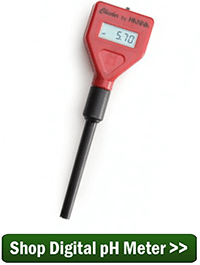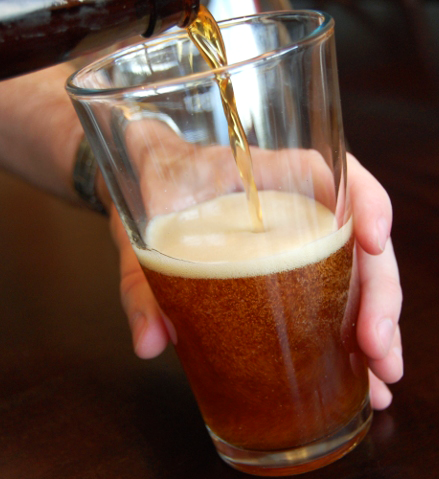 Today I’d like to share with you a homebrew beer recipe I recently brewed with a friend. It’s a hoppy brown ale with deep chocolate malt flavors and a hint of spicy, citrusy hop flavor and aroma. We just doubled the ingredients for the five-gallon recipe (below) to make it a ten-gallon batch.
Today I’d like to share with you a homebrew beer recipe I recently brewed with a friend. It’s a hoppy brown ale with deep chocolate malt flavors and a hint of spicy, citrusy hop flavor and aroma. We just doubled the ingredients for the five-gallon recipe (below) to make it a ten-gallon batch.
We modeled this American brown ale recipe after some of the popular American-style brown ales being made by our local craft breweries. It’s a little on the hoppy side for what some consider a brown ale, but for a lot of craft beer fans, that’s a good thing!
This beer recipe features some complex roasted malts to bring in a range of caramel, biscuit, and chocolate flavors along with some lower-alpha hops that work great as aroma hops and provide a clean bitterness. To further enhance the aroma and clean bitterness, we utilize a technique called “first wort hopping.” All that means is to add some of the hops before the wort comes to a boil, which helps keep more of the aromatic hop compounds in the beer.
We hope you’ll enjoy this American brown ale recipe! Both all-grain and extract versions are given below. Give it a try and let us know how it turns out!
American Brown Ale Recipe
(5-gallon batch, all-grain)
Specs
OG: 1.058
FG: 1.011
ABV: 6.2%
IBUs: 42
SRM: 23
Ingredients
10 lbs. two-row malt 
1 lb. caramel 60L malt
0.5 lb. chocolate malt
0.5 lb. crystal 77L malt
1 oz. Willamette hops (FWH)
1 oz. Kent Goldings hops at :60
0.5 oz. Willamette hops at :30
1 oz. Kent Goldings hops at :10
1 tsp. Irish moss at :10
1 packet Safale US-05 ale yeast
Directions
Mash crushed grains at 152˚F for one hour. Sparge to collect 7.5 gallons in the brew kettle. Add first wort hops (1 oz. Willamette) to the wort and bring to a boil. Boil for 60 minutes, adding hops and Irish moss according to schedule above. Chill wort and transfer to a clean, sanitized fermenter. Ferment at 68-70˚F.
American Brown Ale Recipe
(5-gallon batch, partial mash)
Specs
OG: 1.058
FG: 1.011
ABV: 6.2%
IBUs: 42
SRM: 23
Ingredients
6 lbs. light dry malt extract 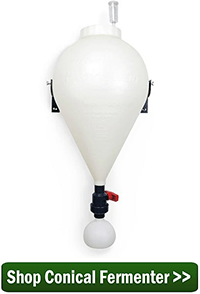
1 lb. six-row malt
1 lb. caramel 60L malt
0.5 lb. chocolate malt
0.5 lb. crystal 77L malt
1.5 oz. Willamette hops (FWH)
2 oz. Kent Goldings hops at :60
0.5 oz. Willamette hops at :30
1 oz. Kent Goldings hops at :10
1 tsp. Irish moss at :10
1 packet Safale US-05 ale yeast
Directions
Steep crushed grains for 30 minutes at 152˚F in one gallon of water. Strain wort into brew kettle, then add enough water to make 3.5 gallons. Thoroughly mix in the dry malt extract, then add the first wort hops (1.5 oz. Willamette) to the wort and bring to a boil. Boil for 60 minutes, adding hops and Irish moss according to schedule above. Chill wort and transfer to a clean, sanitized fermenter. Ferment at 68-70˚F.
—–
David Ackley is a writer, brewer, and craft beer marketing consultant. He holds a General Certificate in Brewing from the Institute of Brewing and Distilling and is founder of the Local Beer Blog.

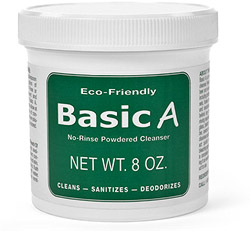
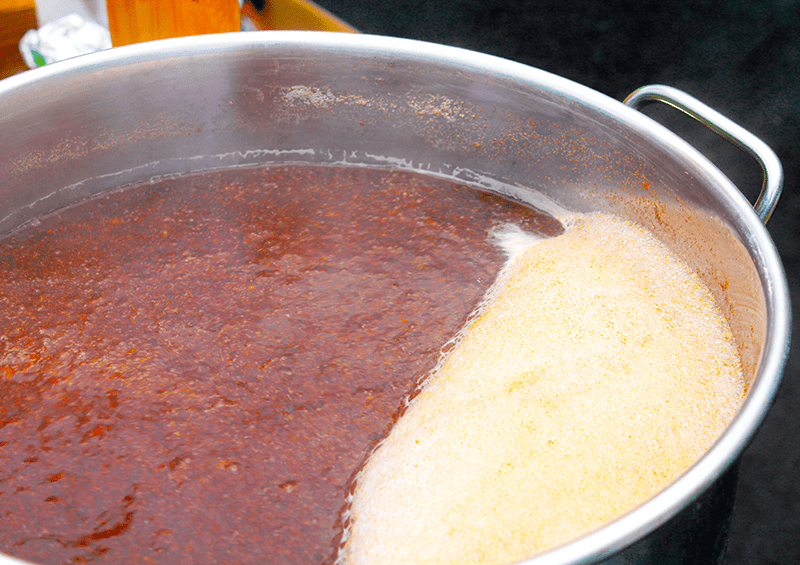

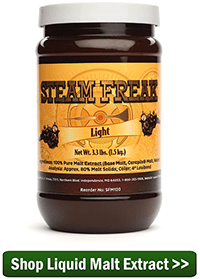
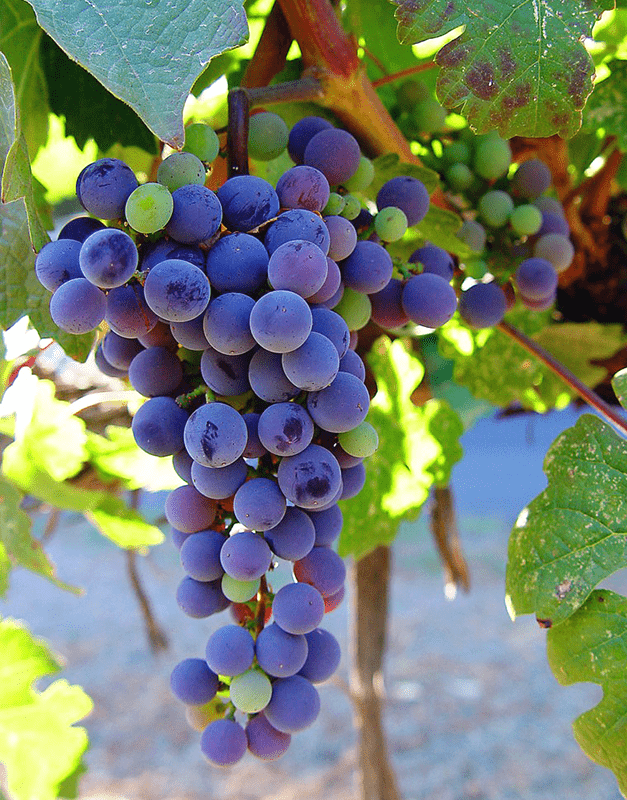
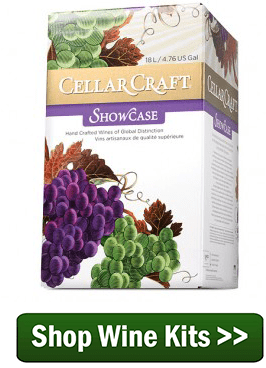
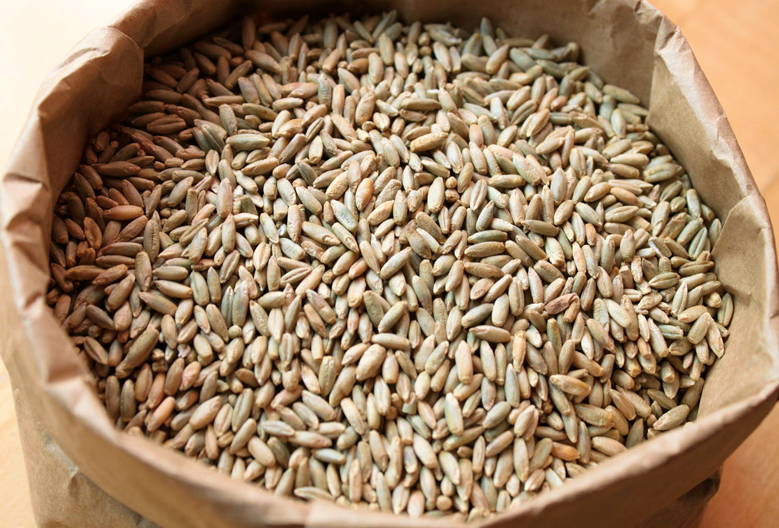
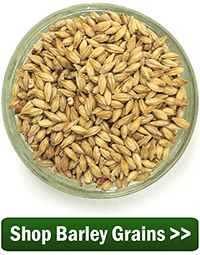
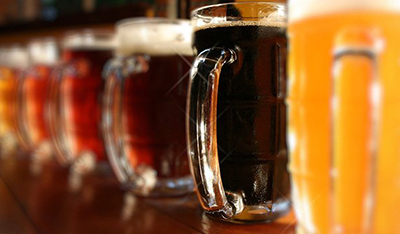
 This is the last part of a 4 part series on knowing when to pick your grapes. Part 1 went over the importance of knowing when to harvest. Part 2 covered how to take the readings from the grapes and what they mean. Part 3 went over what kind of readings to expect.
This is the last part of a 4 part series on knowing when to pick your grapes. Part 1 went over the importance of knowing when to harvest. Part 2 covered how to take the readings from the grapes and what they mean. Part 3 went over what kind of readings to expect. 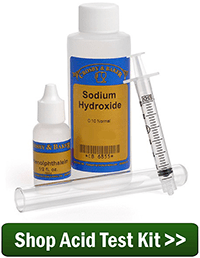

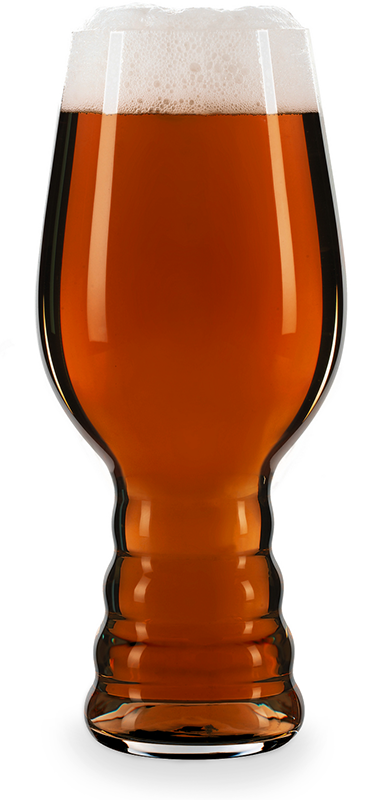
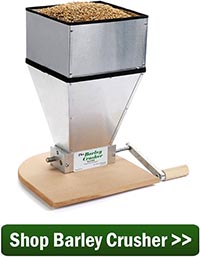

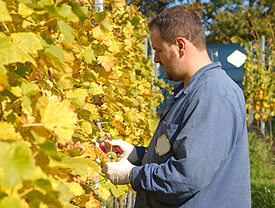 This is part 3 of a 4 part series about when to pick your grapes. Part 1 went over the importance of knowing when to harvest. Part 2 covered how to take the readings from the grapes and what they mean.
This is part 3 of a 4 part series about when to pick your grapes. Part 1 went over the importance of knowing when to harvest. Part 2 covered how to take the readings from the grapes and what they mean. 